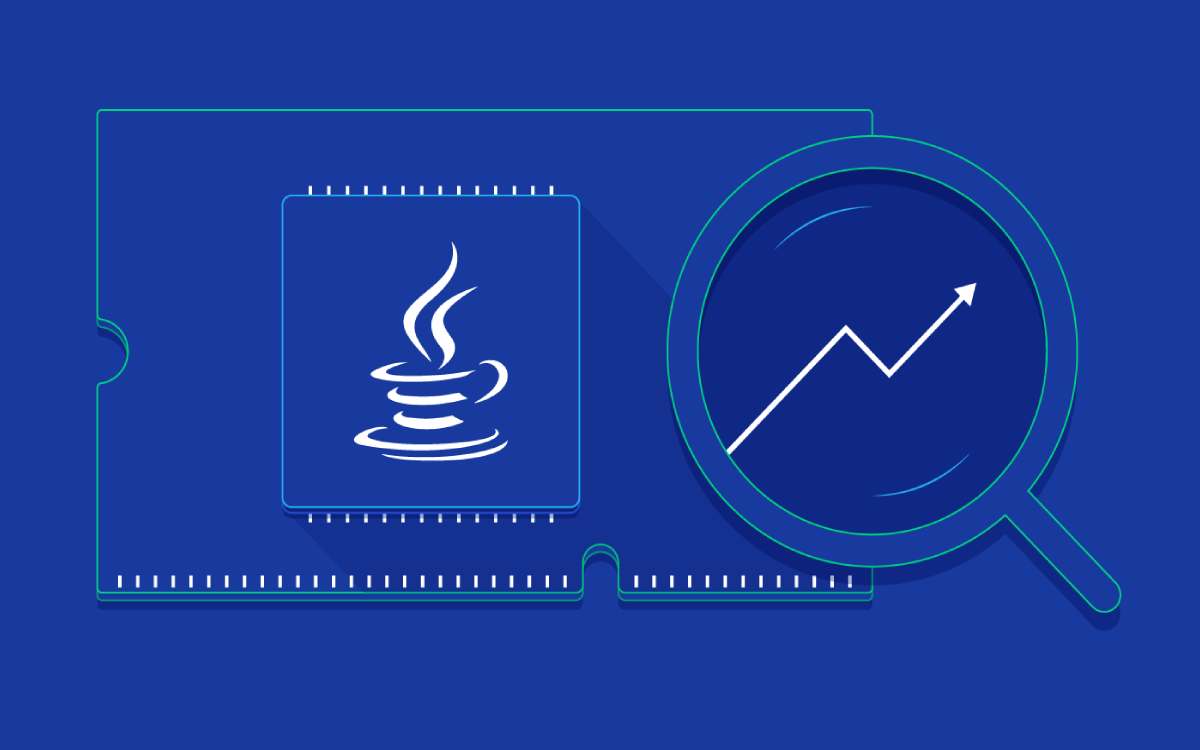Memory leaks are a common and notorious issue in software development that can plague applications and lead to performance degradation, crashes, and frustrated users. In this article, we’ll embark on a journey to understand what memory leaks are, why they occur, how to detect them, and most importantly, how to prevent them.
What are memory leaks?
Memory leaks occur when a program fails to release memory that is no longer needed, causing the application’s memory usage to grow over time. Essentially, it’s like a slow but steady leak in a boat; if not fixed, it can eventually lead to sinking.
Why do memory leaks happen?
- Unintentional Object Retention
- Developers may inadvertently keep references to objects longer than needed, preventing the garbage collector from reclaiming their memory.
- Circular Reference
- Objects referring to each other in a circular manner can create reference cycles, making them unreachable by the garbage collector.
- Resource Management Errors
- Failing to release resources like files, database connections, or network sockets can also lead to memory leaks.
- Unclosed Streams
- Not closing input and output streams properly can accumulate memory usage.
Typical Examples for Memory Leaks
Unclosed Resources
- File Streams
- Failing to close file streams (e.g., FileInputStream or FileOutputStream) can lead to memory leaks as system resources are not released.
- Database Connections
- Not closing database connections (e.g., JDBC connections) after use can result in resource leakage.
// Example of a file stream not being closed:
FileInputStream inputStream = new FileInputStream("file.txt");
// Perform operations with the stream
// Missing: Close the streamReference Retention
Holding references to objects longer than necessary can prevent them from being garbage collected.
// Example of a long-lived reference:
public class MemoryLeakExample {
// static list live forever in application runtime
private static List<Object> list = new ArrayList<>();
public void addToLeakList(Object obj) {
list.add(obj);
}
}Listener and Callback Reference
Registering listeners or callbacks without deregistering them when they are no longer needed can prevent objects from being collected.
// Example of a listener not being deregistered:
public class EventSource {
private List<EventListener> listeners = new ArrayList<>();
public void addListener(EventListener listener) {
listeners.add(listener);
}
// Missing: Method to remove listeners
}Thread Local Variables
Using thread-local variables and not cleaning them up can lead to memory leaks, as thread-local variables are associated with a thread’s lifecycle.
// Example of a thread-local variable not being cleaned up:
ThreadLocal<Object> threadLocal = ThreadLocal.withInitial(() -> new Object());Circular Reference
Objects referencing each other in a circular manner can create reference cycles, making them ineligible for garbage collection.
// Example of circular references:
public class CircularReferenceExample {
private CircularReferenceExample other;
public void setOther(CircularReferenceExample other) {
this.other = other;
}
}Large Caches
Maintaining large object caches without eviction policies can cause excessive memory consumption.
// Example of an unchecked object cache:
public class ObjectCache<T> {
private Map<String, T> cache = new HashMap<>();
public void addToCache(String key, T value) {
cache.put(key, value);
}
}Detecting Memory Leaks
Detecting memory leaks can be challenging, but there are several methods and tools available to help.
- Profiling Tools
- Tools like VisualVM, YourKit, and Java Mission Control can provide insights into memory usage, object retention, and potential leaks.
- Heap Dumps
- Generating heap dumps allows you to inspect the memory state at a specific point in time and identify objects causing leaks.
- Memory Analysis
- Analyzing heap dumps or memory profiles can reveal which objects are consuming excess memory and why.
- Monitoring Tools
- Continuous monitoring of application memory usage can help detect gradual memory leaks over time.
Preventing Memory Leaks
- Proper Resource Management
- Always close files, database connections, and other resources explicitly when they are no longer needed, using constructs like
try-with-resourcesin Java.
- Always close files, database connections, and other resources explicitly when they are no longer needed, using constructs like
- Nullify References
- Set object references to null when they are no longer needed to allow the garbage collector to reclaim memory.
- Use Weak References
- In some cases, using weak references instead of strong references can prevent objects from being retained longer than necessary.
- Review Code
- Regularly review and audit your code for potential memory leaks, especially in long-running or critical components.
- Automated Testing
- Implement automated tests that include memory profiling to catch memory leaks during development and regression testing.
- Memory Leak Profiling
- Incorporate memory profiling into your development process to identify and address memory issues before they become critical.
Memory leaks are a persistent challenge in software development, but with the right awareness, tools, and practices, they can be prevented and mitigated. Understanding the causes of memory leaks, using proper coding techniques, and employing memory profiling tools are essential steps to ensure your software remains efficient, reliable, and free from memory-related woes. By tackling memory leaks head-on, you can keep your applications afloat and users satisfied.




